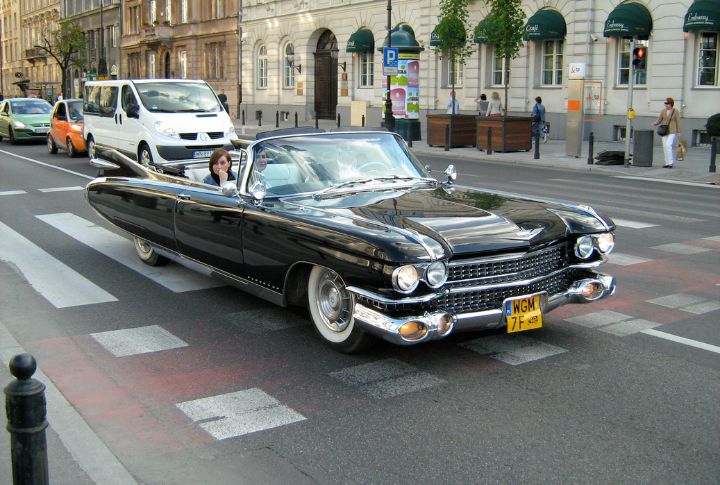
Between 1955 and 1961, the tailfin era of automobile styling peaked. This style became popular worldwide as car designers drew inspiration from the US automobile industry, often regarded as the “golden age” of the American auto blueprint. With the rise of jet-powered aircraft, rockets, and exploration beyond Earth during the Space Race, automotive aerofin assemblies were increasingly designed to resemble the appendages and engine sections of contemporary jet fighters and space rockets.
1948 Cadillac Series 62
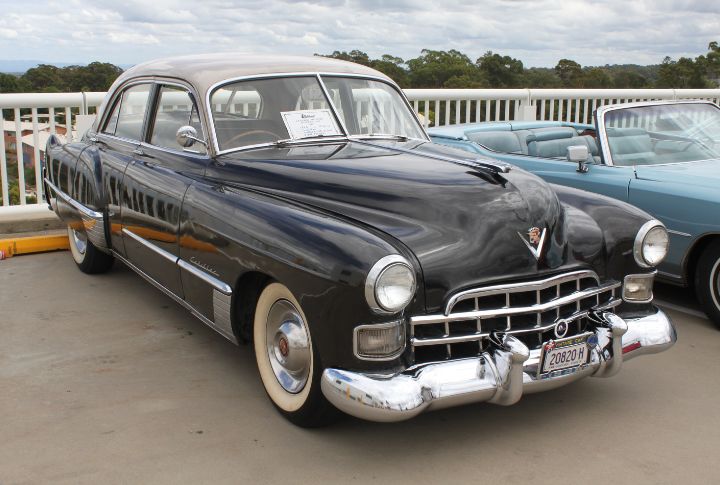
Cadillac’s 1948 Series 62 introduced the first tailfins, setting a trend that would dominate the next two decades. Harley Earl’s styling, inspired by the P-38 Lightning fighter plane, was intended to evoke the excitement and progress of the aviation industry. These modest fins added a futuristic flair and served a practical purpose by improving the car’s stability at higher speeds.
1957 Chevrolet Bel Air
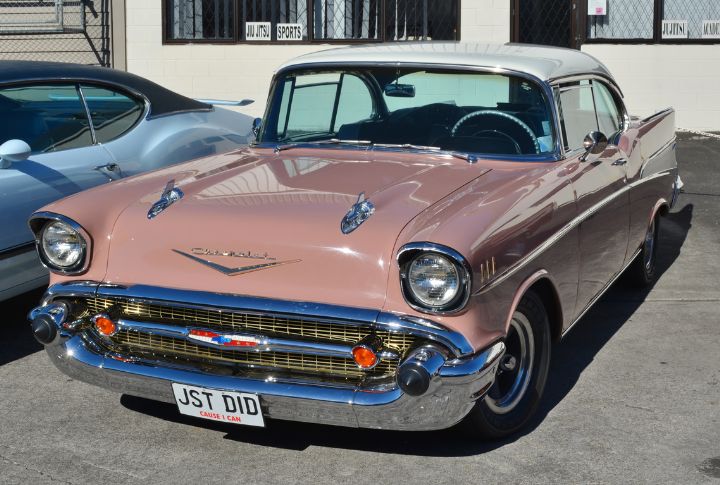
The Bel Air’s modest yet elegant winglets enhanced its aerodynamic look, symbolizing the rocket age. With its jet-age aesthetics and high-speed stability, Clare MacKichan’s style is rooted in jet-age aesthetics. This iconic model captured the public’s imagination with its sleek lines and chrome accents, becoming a quintessential representation of 1950s Americana.
1957 Chrysler 300C
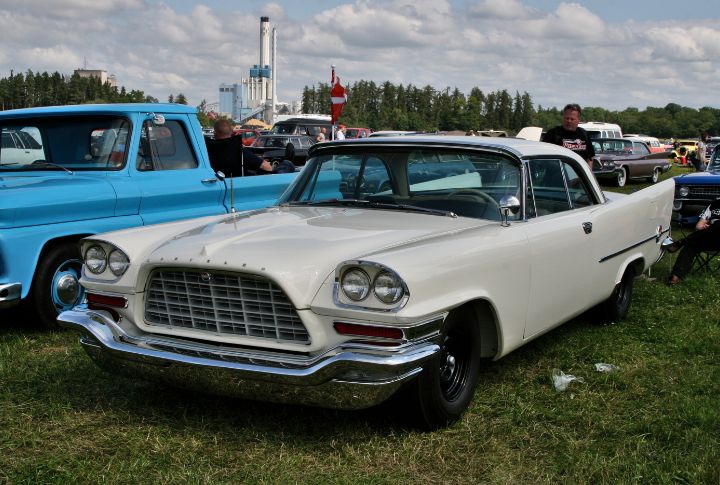
The 300C’s pronounced fins and powerful HEMI motor exemplified Chrysler’s bold approach. Virgil Exner aimed for a futuristic, forward-moving, stylish, and functional aesthetic encapsulated in the “Forward Look” plan philosophy. With advanced suspension and braking systems, it provided a superior driving experience that matched its striking appearance.
1957 Plymouth Fury
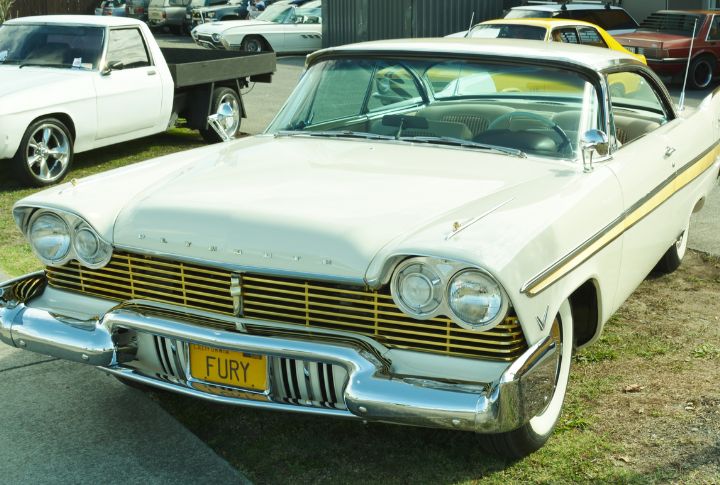
The 300C’s pronounced fins and powerful HEMI motor exemplified Chrysler’s bold approach. Virgil Exner aimed for a futuristic, forward-moving, stylish, and functional aesthetic encapsulated in the “Forward Look” plan philosophy. With advanced suspension and braking systems, it provided a superior driving experience that matched its striking appearance.
1958 Dodge Coronet

Coronet’s aerofins embodied the era’s fascination with celestial exploration. Exner’s cosmos-age motifs gave the car a dynamic, futuristic look, reflecting the optimism and technological advances of the time. A distinctive dual-quad grille and robust V8 engine enhanced its performance and unique aesthetic appeal.
1959 Cadillac Eldorado

The Eldorado’s iconic, towering appendages represented the peak of the tailfin craze. Harley Earl and Bill Mitchell designed these extravagant stabilizers to describe luxury and innovation, illustrating the era’s love for exaggerated elegance. Its innovative technologies, like air suspension and power amenities, reinforced its status as a symbol of ultimate luxury and sophistication.
1959 Chevrolet Impala
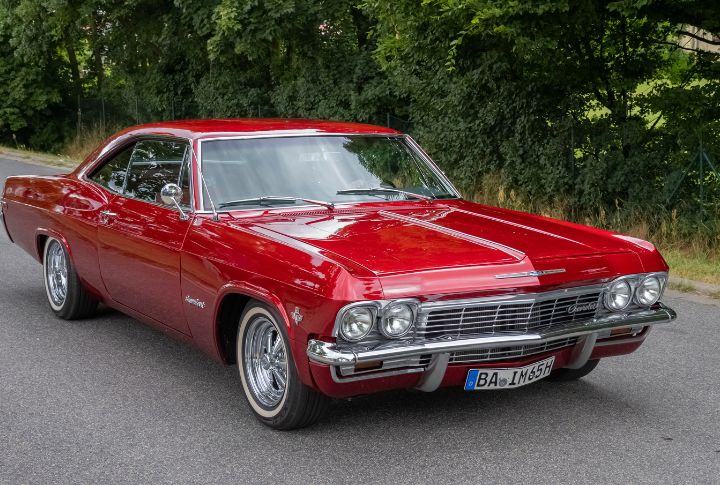
The Impala featured horizontal appendages that were more subdued yet stylish. Clare MacKichan’s model was influenced by jet aircraft, resulting in a streamlined, aircraft-inspired aesthetic that balanced flair with subtlety. Also included were a spacious interior and advanced traits such as a triple taillight plan, which became a signature element of the model and enhanced its distinctive look.
1959 Plymouth Sport Fury
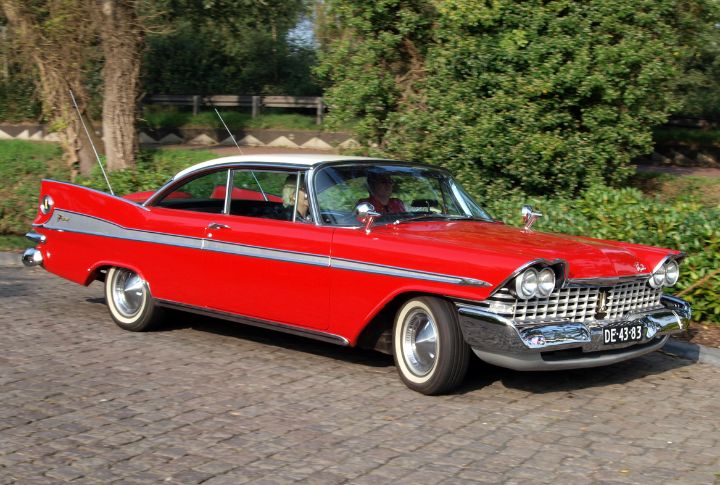
With large, sweeping extensions and a powerful engine, the Sport Fury encapsulated the exuberance of the late 1950s automotive framework. Virgil Exner’s layout combined style with high performance, capturing the spirit of speed and motion. Elements like a dual exhaust system and swivel bucket seats enhanced its appeal as a stylish yet practical performance vehicle.
1960 Ford Thunderbird
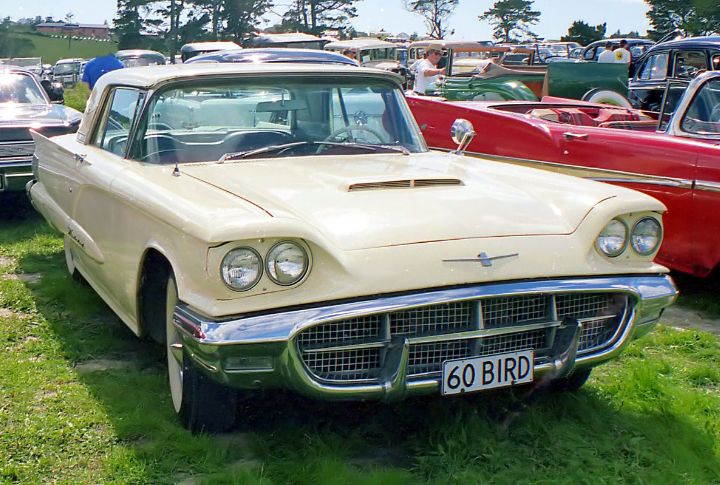
The Thunderbird’s elegant winglets were integrated into a sleek, personal luxury car pattern. Bill Boyer’s work offered a sophisticated take on the tailfin trend, merging aircraft model elements with automotive luxury. The distinctive tail lights complemented the winglets, adding to its appeal.
1960 Buick LeSabre
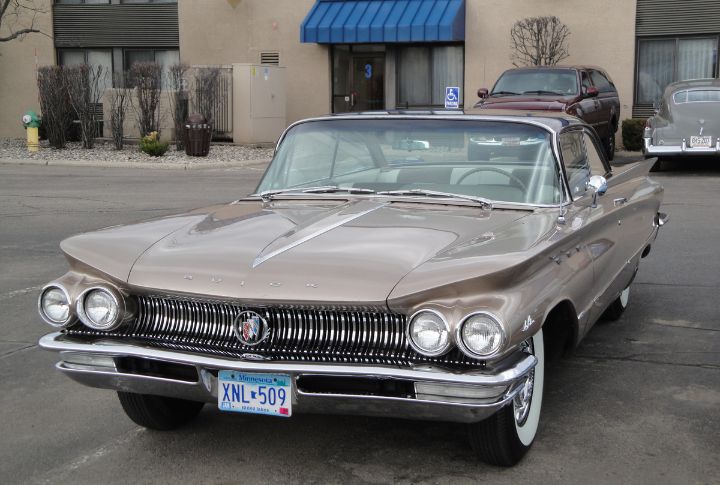
The LeSabre’s appendages were sculpted to enhance its aerodynamic profile, reflecting the era’s obsession with speed. Bill Mitchell’s vision emphasized space-age aesthetics and aerodynamics, making the LeSabre a symbol of modernity. Its prominent front grille and sleek body lines further underscored its innovative blueprint.
1960 Lincoln Continental
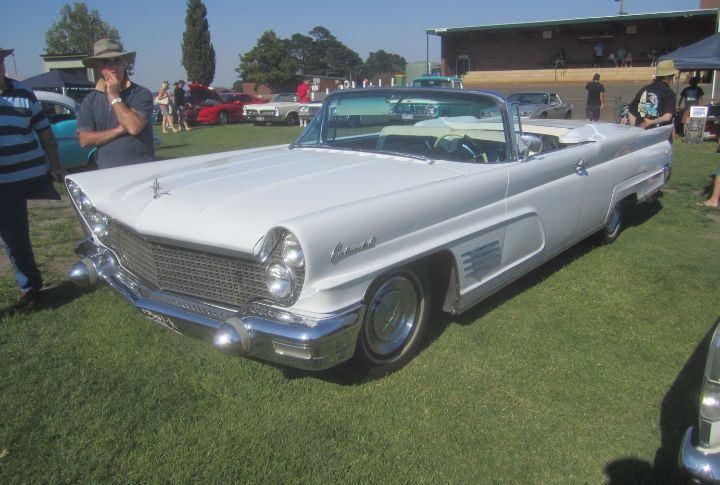
Unlike the excesses of the late 1950s, the Continental’s winglets were restrained and blade-like. Elwood Engel’s outline emphasized clean lines and minimalism, exemplifying an understated elegance. Its powerful V8 engine was a perfect match for its elegance, ensuring a smooth and commanding drive.
1961 Chrysler Imperial
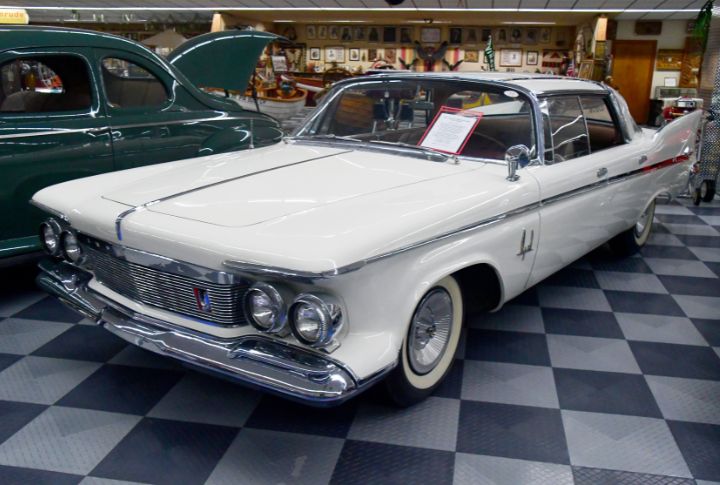
The Imperial’s appendages were more subdued, reflecting a shift towards luxury and sophistication rather than pure flamboyance. Virgil Exner’s approach combined classic elegance with modern touches, resulting in a stylish and dignified car. The interior was equally luxurious, showcasing plush seating and advanced technology for its time.
1961 Dodge Polara
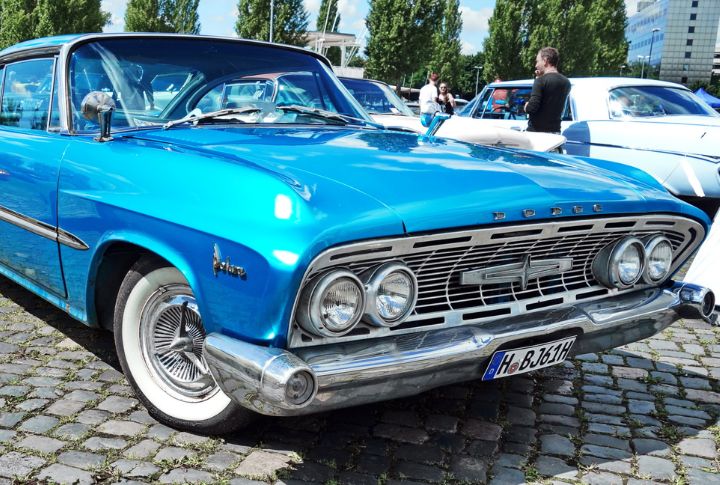
Polara’s extensions were a distinctive scheme element that aimed to combine futuristic looks with practical aerodynamics. Elwood Engel’s work showcased sleek, aerodynamic shapes, capturing the forward-thinking spirit of the early 1960s. Under the hood, the Polara boasted a powerful engine lineup, catering to drivers seeking performance and style.
1961 Chevrolet Corvair
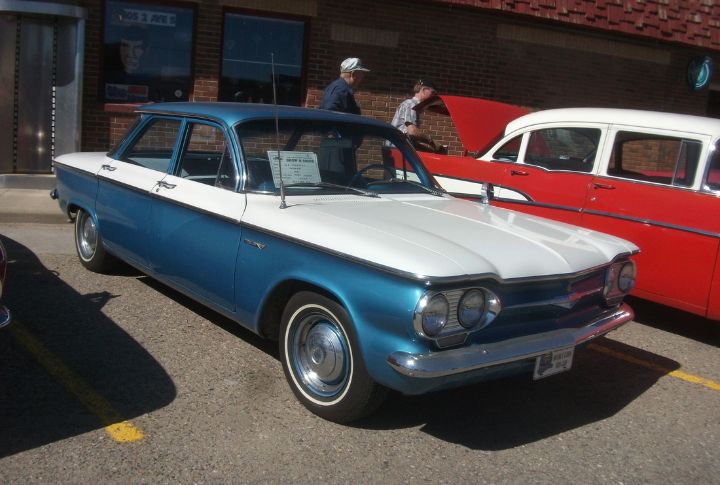
Influenced by European trends, the Corvair’s small, subtle appendages shifted towards a more compact, efficient draft. Harley Earl and Bill Mitchell’s layout blended American flair with European styling, making the Corvair a unique entry in the tailfin era.
1962 Ford Galaxie
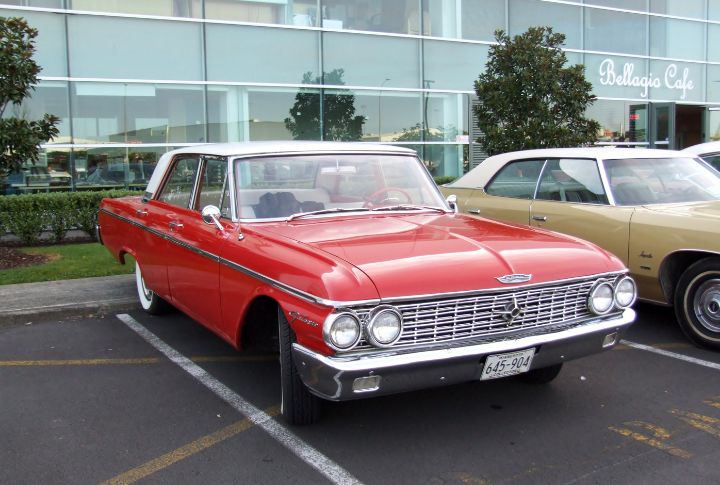
Designed to capture the excitement of the Space Race, the Galaxie’s modest extensions and clean lines offered a more contemporary look. George W. Walker’s design reflected modernity and the era’s aspirations, blending space-age excitement with a sleek, practical framework.
